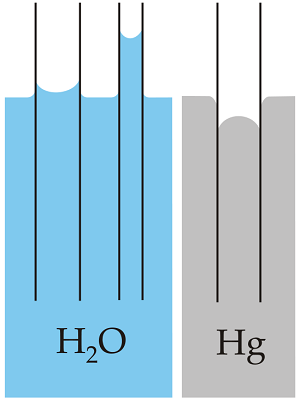P
Paula
so how did he explain the patches outside the shower getting wetter even when there was no water touching the tiles or the grout or the drane ??
He was as perplexed as the rest of us! The only thing he could think was that there was still water trapped under the tray tiles from before the epoxy (our original grout still had damp patches after weeks and weeks of no use) and that this was now gradually working its way out beyond the shower tray (as it can't evaporate through epoxy, but can through the grout in the rest of the floor). Maybe it's not a steady process, and perhaps some days there is more evaporation than others (due to differences in humidity/full moon etc!!). But as Dan said, water is unlikely to travel uphill up the slope of the shower tray, isn't it?
That's why he said turn on the underfloor heating and see if we can get to a position of no wet patches, then try again.

